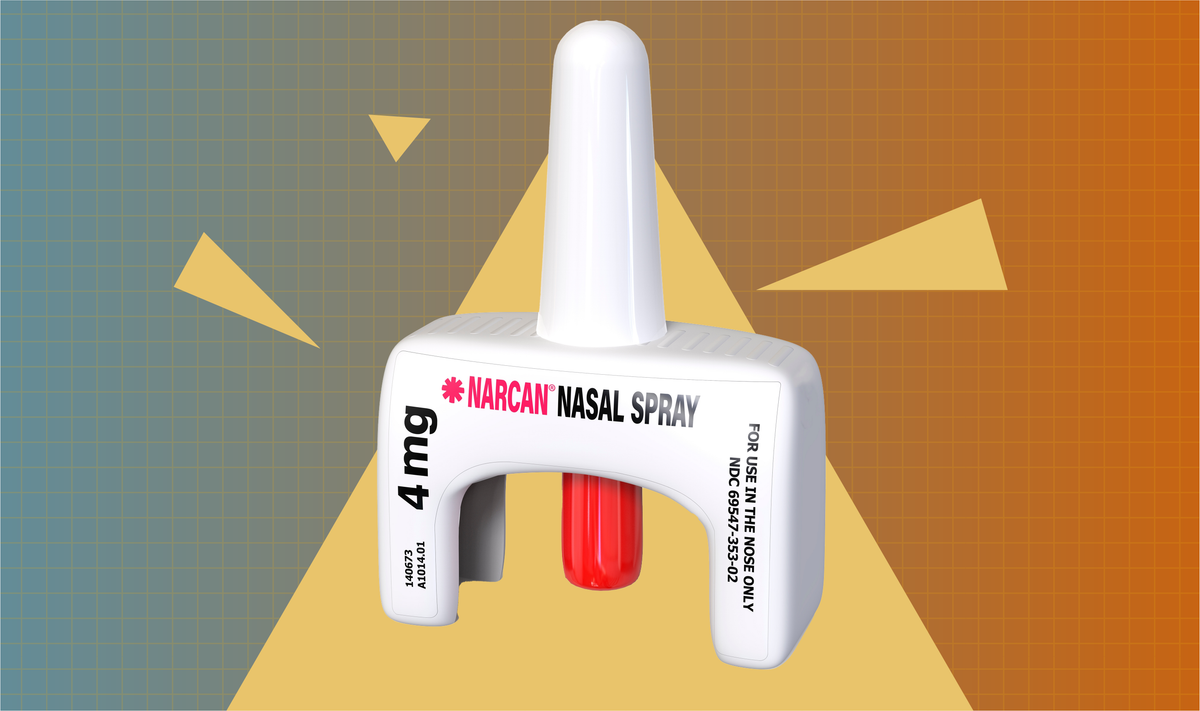Post raises questions about naloxone use and storage
Social media users also discussed substance use in Baltimore and a new federal law that introduces harsher penalties for selling fentanyl-like drugs.

Social media users also discussed substance use in Baltimore and a new federal law that introduces harsher penalties for selling fentanyl-like drugs.
This week, social media users discussed how to safely use and store naloxone, with some warning against storing it in high temperatures as heat waves continue in many parts of the U.S. Meanwhile, a video series raised awareness about substance use in Baltimore following a spike in overdoses, and President Donald Trump signed the Halt All Lethal Trafficking of Fentanyl Act, classifying fentanyl-like substances among the most dangerous and addictive drugs.
Given these conversations, communicators may recirculate information about recognizing the signs of opioid overdose and share resources to access naloxone, drug test strips, and other harm reduction tools.

Insights brought to you by the reporters and science writers of Public Good News (PGN), a nonprofit newsroom dedicated to improving community health.
What’s trending nationally in conversations about substance use
On July 15, the Pennsylvania Department of Health posted on Facebook that carrying naloxone can save lives. The post received far more engagement than other posts on the page, including over 400 comments. Many commenters said they always carry Narcan and encouraged others to do the same. A few posters warned people not to keep naloxone in their car or outside, as prolonged exposure to extreme temperatures may impact its effectiveness. Several posts expressed frustration about the cost of obtaining naloxone, while others shared resources for getting it for free. Some commenters argued that other medications, such as insulin and EpiPens, should be free and complained about taxpayer money being used to pay for naloxone.
Following a recent spike in overdoses in Baltimore, a YouTube creator posted a video series interviewing people who use drugs in the city. The videos focus on overdoses, xylazine, suicide, and sex work. Combined, the videos have been viewed over 400,000 times and have received more than 2,000 comments. Some of those interviewed said they believe that the drug supply was intentionally tainted, leading to more overdoses. Commenters praised the videos for showing support and compassion for those featured and for sharing their stories. Many commenters shared personal stories about substance use disorder and discussed barriers to treatment.
On July 16, President Trump signed the HALT Fentanyl Act, amending the existing law to permanently classify illicit fentanyl-like drugs as Schedule I narcotics. Many social media users questioned whether the law would impact medical use of fentanyl, although the legislation only covers illicit products. Several people falsely blamed immigrants for bringing drugs into the country, despite overwhelming evidence that the vast majority of illicit fentanyl is brought into the country by U.S. citizens. Other commenters argued that harsher punishments are not a deterrent to drug use and that similar laws have been ineffective.

Recommendations brought to you by the health communication experts behind Infodemiology.com.
Recommendations for public health professionals
Each week, the Infodemiology.com team will provide messaging recommendations in response to some of the trending narratives outlined above. These helpful tips can be used when creating content, updating web and FAQ pages, and developing strategy for messaging about opioids.
In response to conversations about recent overdoses , communicators may wish to explain the signs of an opioid overdose and highlight harm reduction tools, such as fentanyl test strips and naloxone. Messaging may explain that naloxone is a lifesaving medication that can reverse an overdose on fentanyl and other opioids and that anyone can get it without a prescription and administer it. Recirculating information about how to access free or low-cost naloxone and how to safely use and store it is recommended, as is explaining how bystanders should respond to a possible overdose and how Good Samaritan laws protect people who are overdosing and those assisting them from certain legal penalties.
Discussions about fentanyl regulations provide an opportunity to highlight the risks of fentanyl overdose in people who use drugs. Messaging may emphasize that fentanyl and fentanyl-like substances may be unknowingly mixed with other drugs, such as cocaine or meth, increasing the risk of overdose. Sharing information about fentanyl test strips, which help people determine whether their drugs contain fentanyl, is recommended, as is ensuring that messaging reflects your state’s drug checking equipment laws.
